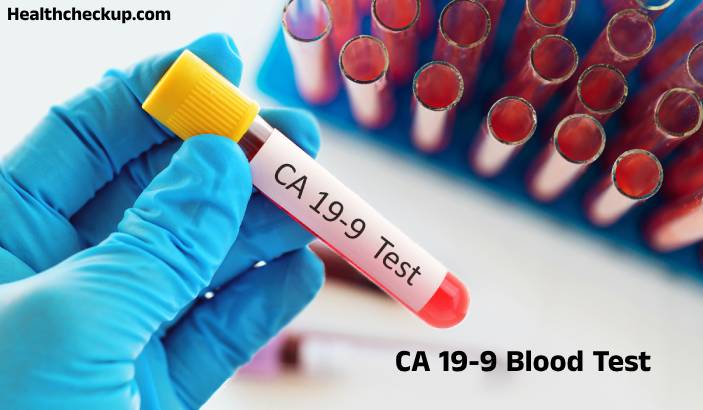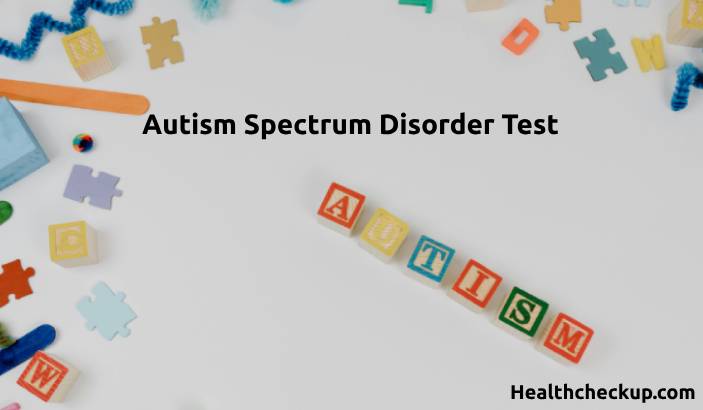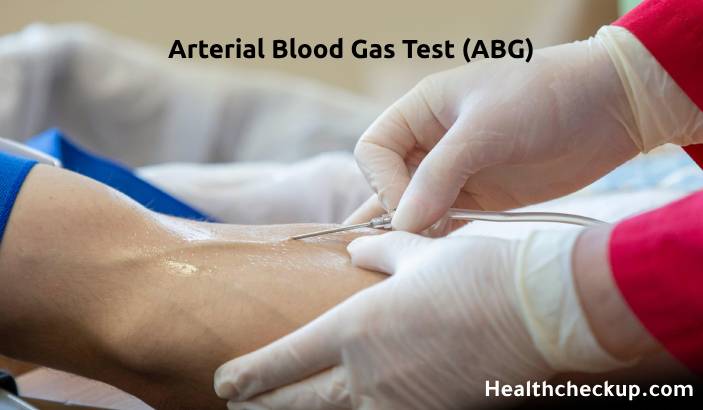The Antinuclear Antibody (ANA) test is a critical diagnostic tool used in immunology to detect antinuclear antibodies in the blood. ANA are autoantibodies that target substances within the nucleus of cells, indicating the presence of an autoimmune disorder. This test is pivotal in diagnosing conditions such as systemic lupus erythematosus (SLE), rheumatoid arthritis, and other connective tissue diseases. This detailed guide provides essential information on the purpose, preparation, and procedure of the ANA test, as well as insights into understanding the results and recognizing potential risks.
Purpose of the ANA Test
- Diagnosis of Autoimmune Disorders: Primarily used to help diagnose various autoimmune disorders, particularly systemic lupus erythematosus (SLE).
- Detection of Autoantibodies: Assists in detecting the presence of autoantibodies that may affect the health of the individual.
- Monitoring Disease Progression: Helps in monitoring the severity and progression of autoimmune conditions.
- Guiding Treatment Plans: Influences treatment decisions and helps in assessing response to therapy.
Preparation for the ANA Test
- No Fasting Required: There is generally no fasting required for an ANA test.
- Medication Disclosure: Patients should inform their healthcare provider about all the medications they are taking, as some medications might influence the test results.
- Consistency in Testing Conditions: For those undergoing follow-up tests, it’s important to have the test under similar conditions each time to ensure consistency of results.
Procedure of the ANA Test
- Blood Sample Collection: A small sample of blood is taken from a vein in the arm.
- Laboratory Analysis: The blood sample is sent to a lab where it is analyzed to detect the presence of antinuclear antibodies.
- Methodology: The most common method used is indirect immunofluorescence, which involves using fluorescent dyes to detect ANA.
Normal Range
- Typically Negative: A normal result is usually negative, meaning no ANA are found. ANA test results are reported as a ratio (titers) and a pattern.
- Interpretation of Titers: Low titers (e.g., 1:40 or 1:80) might be seen in the healthy population without any disease presence. Higher titers like 1:160 or more are usually significant and may suggest an autoimmune disorder.
Results Interpretation
- Positive ANA Test: Indicates the presence of an autoimmune disorder but is not specific to any one disease. Further testing with specific antibody tests may be required to pinpoint the diagnosis.
- Negative ANA Test: Generally suggests the absence of systemic autoimmune diseases, but does not completely rule out autoimmune conditions.
- Patterns of Staining: The pattern of staining seen in the test can provide additional clues to the type of autoimmune disease.
Risks Associated with the ANA Test
- Minimal Physical Risks: As with any blood test, there are minimal risks, which might include pain, bleeding, or bruising at the site of the needle insertion.
- Infection: Although rare, there is a slight risk of infection at the puncture site.
- Psychological Impact: A positive test can be stressful and lead to anxiety, necessitating appropriate counseling and follow-up.
The ANA test is an invaluable diagnostic tool in the field of rheumatology and immunology, helping to detect and monitor autoimmune diseases. Its ability to identify harmful autoantibodies makes it crucial for the early diagnosis and management of autoimmune conditions. Understanding the purpose and procedure of the ANA test can help patients prepare for and better understand the implications of their test results.
By accurately interpreting ANA test results in conjunction with clinical findings and other laboratory tests, healthcare providers can diagnose autoimmune diseases more effectively and tailor treatment plans to better manage these conditions. As with any medical test, it is essential to discuss the results and their implications with a healthcare provider who can provide guidance based on the individual’s specific health situation.








